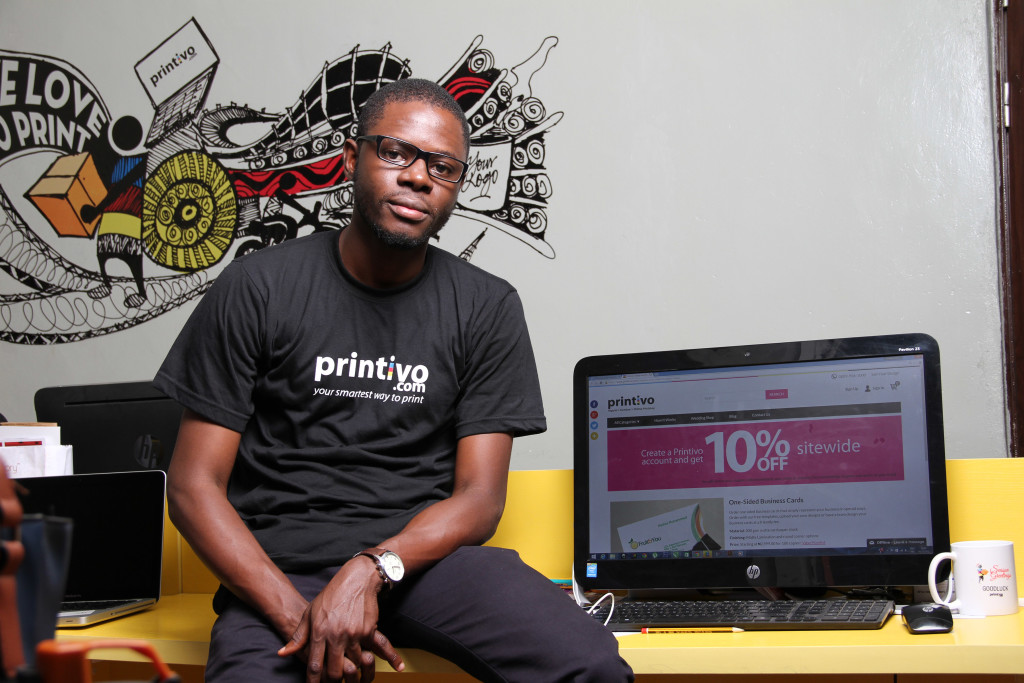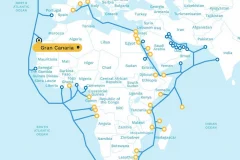
Startups get to field this question a lot while pitching to investors. According to the script, they respond with what they perceive is the size. But often, these are outrageously overvalued, or in some cases, undervalued.
Investors love to hear these figures; big market almost always means big returns. But the thing about figures is they can be turned any which way. In Nigeria for instance, a mobile money startup could easily reckon that, because there are over 160 million mobile phones in Nigeria, its addressable market in Nigeria, is 160 million people.
Say, the revenue that can be generated per user is $102 per year, the value of the market would then be $16.2 billion.
Awesome innit? No. Not so much.
That’s because, in this case, more than 60% of those 160 billion phones are dual SIM phones, and we also have the unwieldy, impossibly cheap Chinese quadri-SIM phones. There are also people (read: everyone), who own at least two mobile phones. This effectively cuts down that market by at least half.
It’s not uncommon to see startups fall into this trap of wildly overblown value of their addressable market.
In the above example, the total addressable market was not exactly wrong on the surface, but it didn’t align with the reality on ground. While this may get some investors to bet on the startup, it will come back to bite it in the bum when it’s not hitting those milestones set on this delusion.
The total addressable market (TAM) is the amount of revenue your business would earn if you achieve 100% market share in your chosen market. It’s generally the ‘Number of End Users’ multiplied by ‘The Average Revenue per end user, per year’.
The basic questions that need to be asked are: (a) How many people will use this service in this market? (b) How much will they pay on the average?
You might also feel the need to make projections and it’s where you can ask: What has been the growth pattern in this market and how will it grow in the next few years?
Answering these questions honestly and factoring in the all the bends will give the startup a fairly accurate size of its market. Doing so won’t be easy and it will take a fair amount of research (poring through industry reports and taking surveys), but it’s better to put in the hard work now than to clean up a blown-up reputation later.
A startup shouldn’t espouse bullshit stats. At best it makes them look clueless, and at worst, liars who, when found out, get a bad industry reputation.
Photo Credit: zmi66 – ZMIphoto via Compfight cc




















